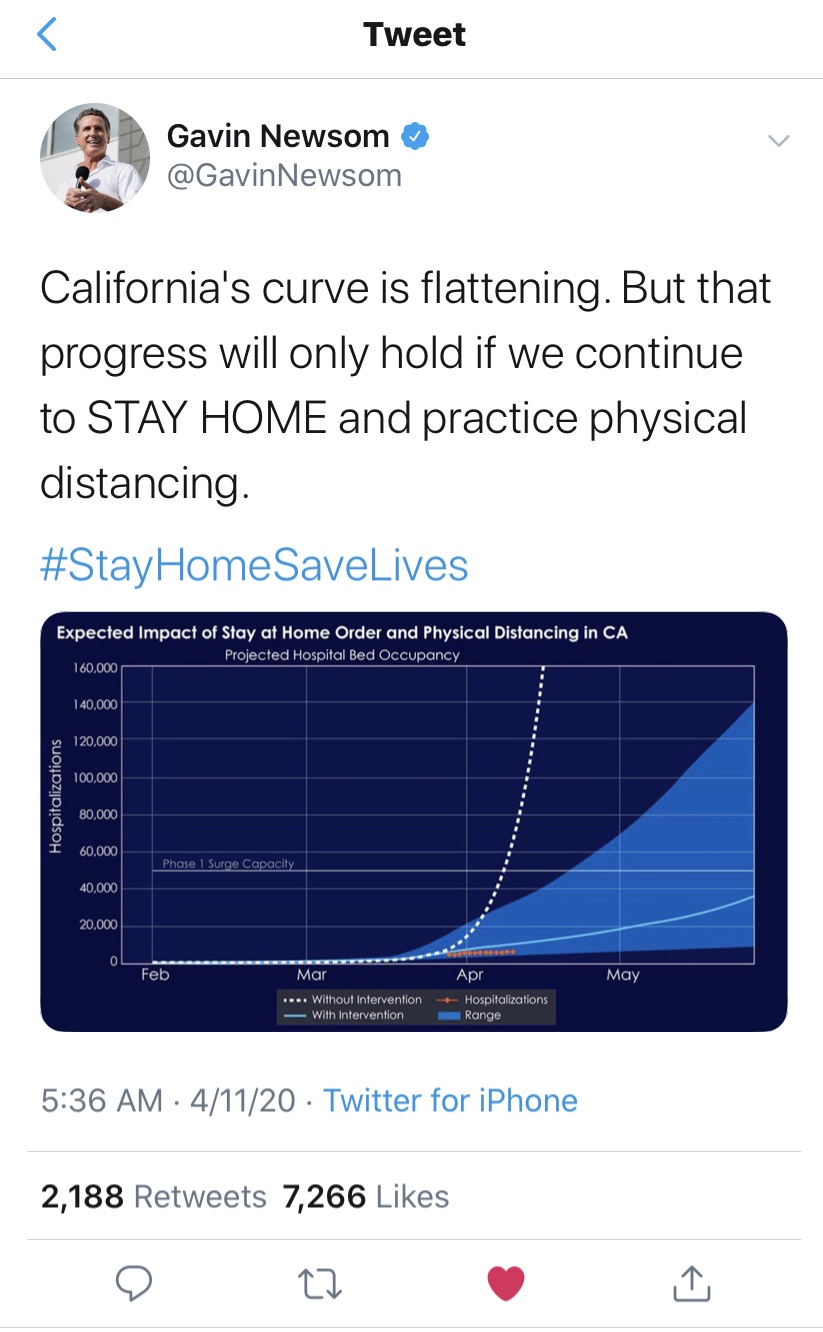Study Germany’s and Taiwan’s Success to Form a Reopening Strategy
Why does Germany close dining and entertainment businesses only while France, Italy and Spain enforce nationwide lockdowns? Why are people in Taipei keeping daily life while Singapore closes schools and businesses and asks citizens to stay home till June 1?
The most important lesson we should learn from Germany is to stop being worried about the number of confirmed cases. Due to the coronavirus’ highly contagious nature and the country’s massive testing policy, Germany is certainly finding a lot of COVID-19 cases. The focus therefore ought to be mild cases’ quarantine and severe cases’ medical treatment. Germany did it right, so their domestic patients got well treated and they have been taking care of patients flown in from other European Union member countries.
While many countries have been calling for flattening the epidemic curve, as of April 13, Taiwan, with a population of 23 million citizens, reported 6 deaths from COVID-19 and only 273 patients who are still hospitalized. Taiwanese have been promptly wearing a mask since the middle of January even though many experts did not agree it could help at that time. Taiwanese government also coordinated mask manufacturers to increase productivity to meet people’s demands of purchasing masks. In contrast, most of western countries did not add wearing a mask into COVID-19 control guidelines until April.
It definitely makes a lot of sense that the governors who want to lift the restrictions do their researches on the experiences of those countries that have never place any restriction order during the pandemic to form a relevant and sustainable exit strategy. We are glad to see Mr. Governor Gavin Newsom tweeted California’s “flatten the curve” graph on April 11, which showed California has used “hospitalization rate” to replace “infection rate”, or confirmed cases, to monitor the epidemic curve. We would like to acknowledge California for its action of bringing COVID-19 control to a right track and to carefully thinking of its reopening plan.

We also want to remind that it is better to still suggest the elderly should spent most of time at home during the early stage of the reopening. People with underlying medical conditions, who have a relatively higher risk of developing severe illness once contracting the virus, should be told to thoroughly practice good hygiene and to pay more attention to having their chronic diseases under control.
Data showed more than 22 million Americans have filed for unemployment since state-mandated lockdowns have been enforced. The spike in new jobless claims is believed to result from the lockdowns that have kept Americans from their workplaces and forced many companies to shutter or to lay off employees. With wearing a mask in public as a careful precaution measure, healthy young and middle-aged adults should be allowed to resume daily routines as soon as possible to avoid households’ miserable financial consequences of workplace shutdown. Probably it’s time for some states to ease lockdowns or any other similar restrictions with a carefully-formed exit strategy.
